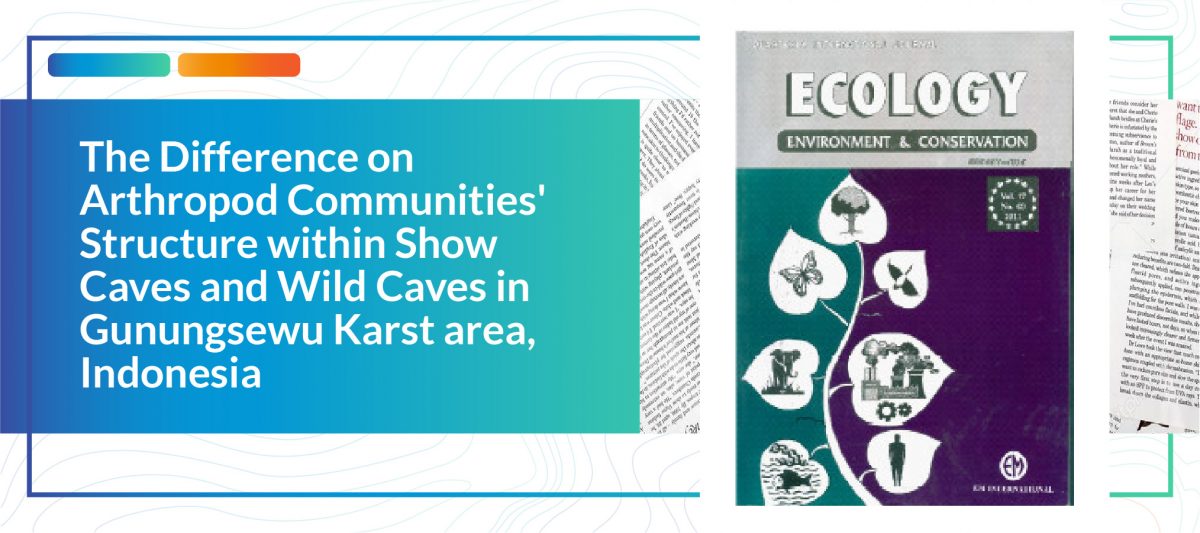The Difference on Arthropod Communities’ Structure within Show Caves and Wild Caves in Gunungsewu Karst area, Indonesia

This study was conducted to determine the differences on Arthropod communities’ structure and climatic-edaphic factors within wild caves and show caves in Gunungsewu karst area, also analyze the climatic and edaphic components that give the strongest influence on Arthropods community. Arthropod Sampling was done by hand collecting, pitfall and bait traps, and Berlese extractor. The measured components of climatic factor comprise light intensity, air temperature, RH, and CO2 level, while the edaphic comprise soil temperature, SOC, N, P, soil moisture, and pH. Data was analyzed by richness, diversity, evenness, and dissimilarity indices measurement. We also conducted statistical analyze through Pearson correlation. All Arthropod samples were classified into 6 classes, 30 orders, and 209 morphospecies. The dark zones of wild caves with low human disturbance have lower richness, diversity, and evenness than the dark zones of show caves. Species richness of Arthropods in Show Caves is not always lower than wild caves, but the populations of common cavernicolous Arthropods (Rhaphidophora sp., Trachyjulus tjampeanus, Charon sp. and Sarax javensis) in show caves are almost smaller than wild caves. The Arthropod communities of wild caves with low disturbance have high dissimilarity with show cave communities. Highly disturbed show caves possess higher air temperature, light intensity, CO2, soil temperature and pH compared to wild caves particularly in the dark zone, while soil moisture, SOC, N and P are lower. Light intensity, soil temperature, and SOC show the highest coefficient of correlation values with the indicators of Arthropods community. In conclusion, the recent study indicates that there are differences in the community structure of Arthropods and climatic-edaphic conditions within wild caves and show caves. Light intensity, soil temperature, and SOC give the strongest influences on Arthropod communities’ structure.
Ecology, Environment and Conservation 2018
Isma Dwi Kurniawan, R. C. Hidayat Soesilohadi, Cahyo Rahmadi, Rezzy Eko Caraka, Bens Pardamean
